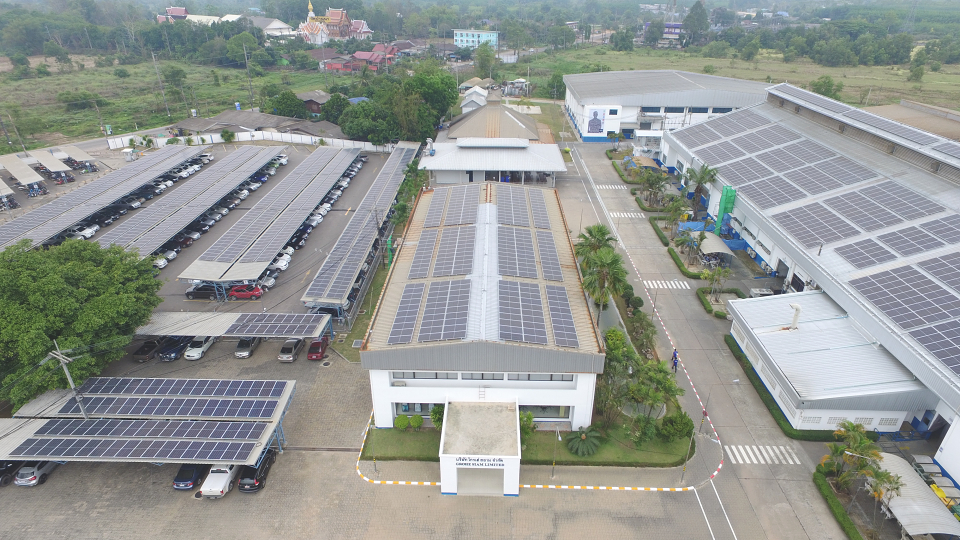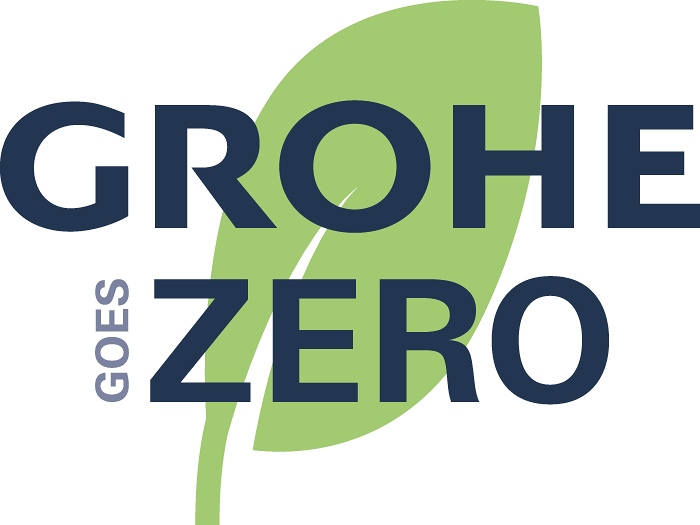GROHE goes ZERO and commits itself to produce carbon neutral

It´s in the news every day: Temperatures are constantly increasing, sea levels are rising and glaciers are melting. Needless to say, these developments have a major impact on our lives. Since CO2 emissions are one of the main reasons for climate change, GROHE has now committed itself to be one of the first leading sanitary manufacturers to produce CO2-neutral.
Indeed, GROHE converted all its production plants as well as the logistics centres in Germany to run on green electricity in July 2019. The sanitary manufacturer will offset unavoidable CO2 emissions through two compensation projects a hydroelectric power station in India and a borehole maintenance project in Malawi which are based on extremely stringent criteria, such as the Gold Standard, developed under the aegis of the WWF: Here, in addition, activities also contribute to sustainable, ecological and social development in the project environment.
This milestone is the logical outcome of the sustainability efforts that GROHE has pursued so far to conserve resources. In its product lines, the brand invests in research and development to produce intelligent, sustainable solutions that help to save water, energy, and waste without compromising on comfort and performance. Plus, GROHE is constantly enhancing the sustainability of its manufacturing processes with material-saving technologies like 3D metal-printing. This attitude also applies to whole production plants – GROHE has invested in block heat and power plants in two of their German production plants, in Hemer and Lahr. For the plant in Klaeng in Thailand, GROHE was also awarded a silver certificate by the German Sustainable Building Council (DGNB). After the expansion of the factory building in 2017, it´s now the most sustainable production plant of its kind in Southeast Asia.
HYDROPOWER FOR CLEAN ENERGY

HIMACHAL PRADESH INDIA
The project is located on the Satluj River between Karcham and Wangtoo in the northern Indian state of Himachal Pradesh. As a hydropower plant, the project uses the river’s natural flow to generate energy. Importantly, there is no reservoir in which the water is temporarily stored, and so the potential negative environmental impacts of water storage are avoided. In the underground turbine house, four Francis turbines are driven by the power of the river water before the water is returned to the river bed below. All the power generated by the power plant is fed into the North Indian transmission grid and replaces conventionally generated electricity, which mainly comes from coal-fired power plants.
RESTORING BOREHOLES FOR CLEAN WATER SUPPLY

DOWA & KASUNGU MALAWI
In the project’s districts of Dowa and Kasungu in Malawi, around half of the population lives without access to clean drinking water. Part of the problem is that around one third of the existing boreholes can’t be used, due to wear and tear. Repairing damaged boreholes improves living conditions for the people who live there. In addition, the project also makes it possible to set up financing mechanisms to ensure the boreholes are maintained in the long-term by the villagers, thereby guaranteeing that they will be in a usable state for years to come. Most boreholes are operated by a hand pump. The pumped water is clean and can be consumed without additional treatment. This also reduces carbon emissions, since water would otherwise be purified using fuel to boil it.

